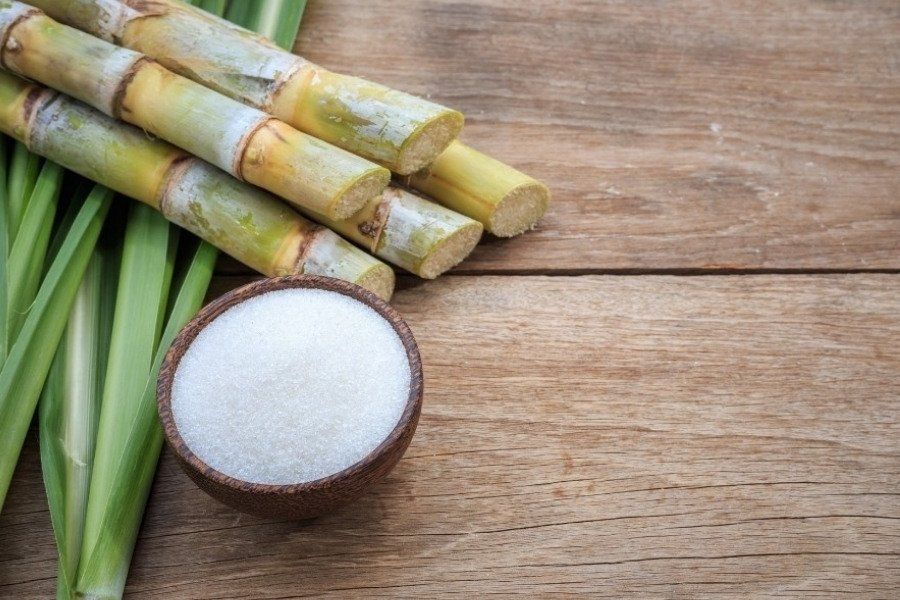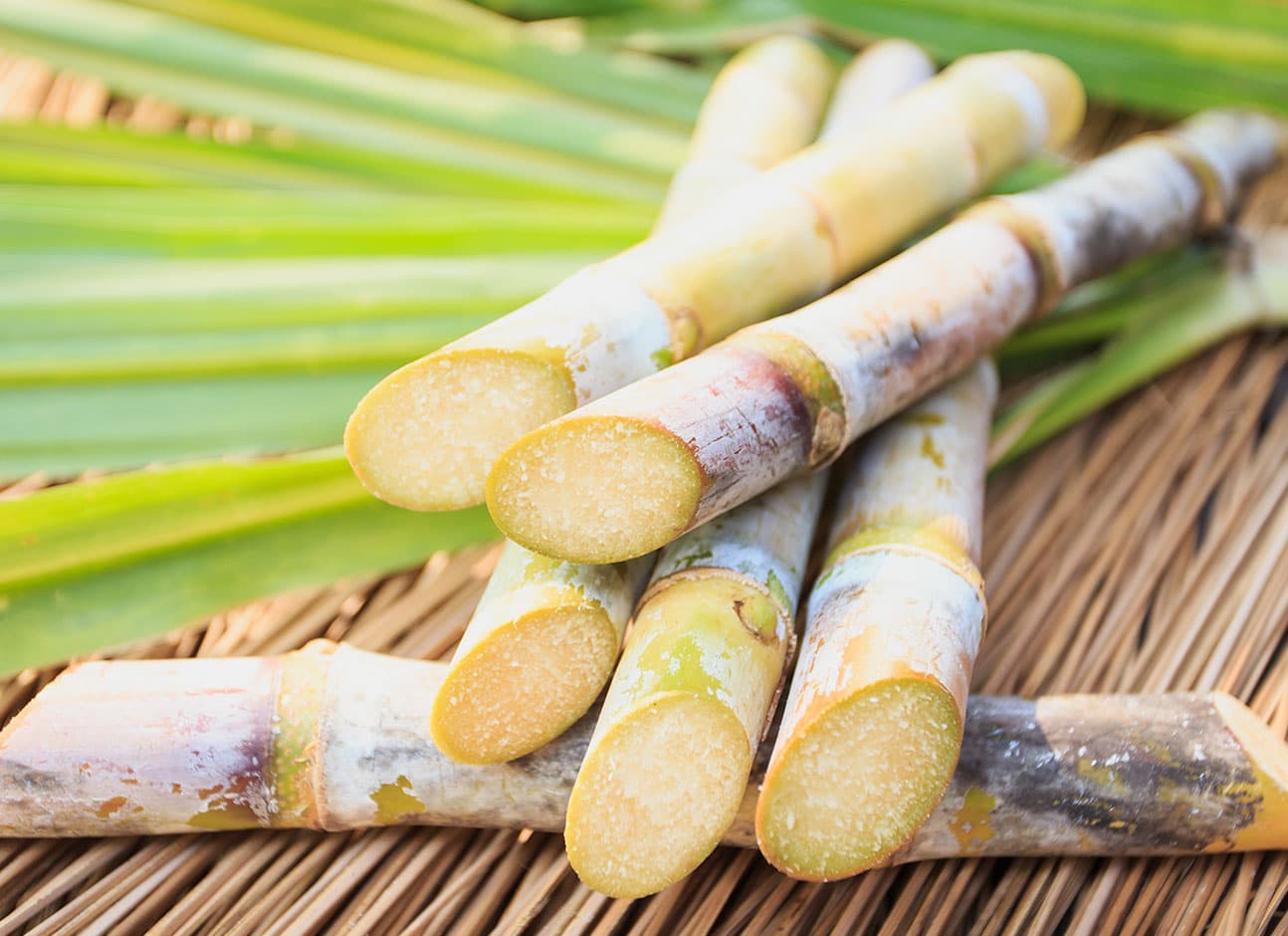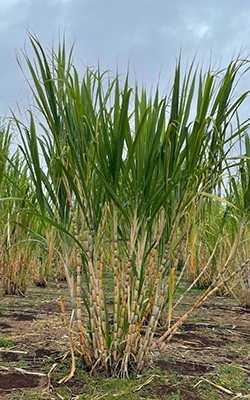What Are Sugar Canes Used For in Craft Cocktails and Mixology
Wiki Article
Recognizing Exactly How Sugar Canes Work: What Are Sugar Canes Used For in Food and Beyond?
Sugar walking sticks are integral to different elements of both commercial and cooking techniques. Their convenience allows them to be changed right into sweeteners, beverages, and even biofuels. As one discovers the trip from cultivation to processing, the varied applications of sugar walking sticks reveal a complicated interplay in between agriculture and industry. The implications of sugar walking cane production extend beyond simple energy, increasing concerns concerning environmental sustainability and financial effect.
The Background and Beginning of Sugar Canes
Frequently taken for approved in contemporary diet regimens, the history and beginning of sugar walking canes disclose a complex trip that spans thousands of years. Indigenous to Southeast Asia, sugar cane was very first grown around 8000 BCE, with its wonderful juice coming to be extremely valued by early human beings. By the initial millennium advertisement, it spread out to India, where it was improved right into crystallized sugar, a notable advancement that transformed its use and trade. The intro of sugar walking cane to the Mediterranean occurred around the 7th century, thanks to Arab traders, who acknowledged its financial potential.During the Age of Exploration, European homesteaders established sugar vineyards in the Caribbean, significantly impacting global trade. By the 17th century, sugar became an essential asset, sustaining economic climates and influencing social structures. The story of sugar walking canes is linked with farming, commerce, and cultural exchanges, marking its value fit modern economic systems and cooking methods.
Farming and Gathering Practices
The growing and harvesting of sugar canes entail numerous critical methods that establish the quality and return of the crop - What Are Sugar Canes Used For. Crucial element include efficient dirt prep work techniques, accurate planting methods, and effective gathering approaches. Recognizing these techniques is essential for optimizing production and making certain sustainability in sugar walking cane farmingSoil Preparation Techniques
Effective soil preparation strategies are necessary for effective sugar walking cane growing, as they lay the foundation for healthy and balanced development and ideal yield. The process starts with dirt screening to evaluate nutrient levels and pH balance, enabling tailored changes. Tilling and plowing are then used to aerate the dirt and damage up compaction, boosting root infiltration. Including raw material, such as compost or well-rotted manure, improves soil fertility and framework. Furthermore, correct water drainage systems are crucial to protect against waterlogging, which can hinder cane advancement. Cover cropping might likewise be made use of to reduce weeds and enhance dirt health. These methods jointly ensure that sugar walking cane has the very best atmosphere to prosper, bring about durable plant health and increased efficiency.Planting and Growth
Successful planting and development practices are vital for making best use of the yield of sugar walking cane. The process begins with selecting healthy seed walking canes, which are sectors of mature stalks rich in buds. These seed walking sticks are commonly grown in well-prepared soil, ideally at a depth of 4 to 6 inches, ensuring adequate dampness and oygenation. Sugar walking stick prospers in warm climates with sufficient sunlight and needs regular watering, especially during completely dry spells. Fertilization with phosphorus, potassium, and nitrogen is critical to promote robust growth. Weed control is also crucial, as competitors can impede advancement. Routine tracking of plant health and dirt problems enables timely interventions, ultimately causing an effective crop that satisfies market demands.Gathering Methods
Collecting sugar walking cane needs mindful preparation and execution to assure optimal return and quality. Commonly, the harvest happens when the walking stick reaches perfect sugar material, usually between 12 to 18 months after planting. There are 2 main methods: manual and mechanical harvesting. Manual harvesting involves laborers using machetes to reduce the stalks at ground level, ensuring minimal damages to the plant and dirt. In comparison, mechanical harvesting utilizes specific devices that reduced, slice, and carry the walking cane, enhancing performance and reducing labor prices. Mechanical techniques can lead to higher soil compaction and loss of nutrients. No matter the technique, prompt harvesting is vital, as hold-ups can result in reduced sugar top quality and increased sensitivity to parasites and conditions.Handling Techniques for Sugar Removal
The handling of sugar walking cane is a critical phase in sugar manufacturing, including a number of crucial techniques - What Are Sugar Canes Used For. Originally, gathered cane undertakes juicing and squashing to extract its pleasant liquid. This juice then continues with filtration and formation, changing it into the sugar most generally made use of todayHarvesting Sugar Walking Stick
Sugar walking stick harvesting marks a vital phase in the manufacturing process, where timing and technique play vital functions in taking full advantage of yield. Typically, the harvest happens when sugar material is at its optimal, which differs based on environment and growth conditions. Employees utilize specific tools or manual tools to cut the walking stick at the base, making sure marginal damage to the plant. Proper method is important; cutting too expensive can reduce the top quality and amount of the sugar drawn out later on. After reducing, the cane must be delivered immediately to refining centers to stop wasting and sugar degradation. The efficiency of the harvesting process significantly influences the total performance and success of sugar walking cane farming, making it an essential focus for producers.Juicing and crushing
When sugar cane is collected, the following essential step includes crushing and juicing to extract the wonderful fluid that consists of sucrose. This process generally employs heavy machinery developed to squash the stalks, damaging down the fibrous framework and launching the juice. Mills or rollers use substantial stress, permitting the cane juice to drain while separating the coarse deposit, referred to as bagasse. As soon as smashed, the walking stick is commonly subjected to a collection of pressing phases to take full advantage of juice extraction. The gathered juice is abundant in sugar and might include impurities, which will certainly be dealt with in later handling actions. In general, squashing and juicing are vital techniques that change harvested sugar walking stick into a fluid type ideal for more refinement.Filtration and Formation
Filtration and condensation are pivotal procedures in changing raw walking stick juice into refined sugar. After removing juice from smashed sugar canes, the liquid includes pollutants such as plant fibers, minerals, and proteins. To accomplish filtration, the juice click goes through clarification, where warm and lime are included in speed up contaminations, which are then gotten rid of. The clarified juice is then concentrated through dissipation to develop a thick syrup.Next, formation happens, where sugar crystals form as the syrup cools down. This process normally involves seeding the syrup with existing sugar crystals to advertise uniform growth. The resulting crystals are separated from the staying molasses via centrifugation, generating pure sugar. This polished item is then dried out and packaged for different culinary usages.Culinary Utilizes of Sugar Canes
While typically associated primarily with sweeteners, sugar canes use a functional series of cooking applications beyond their function in sugar manufacturing. Fresh sugar cane can be juiced, producing a sweet, invigorating beverage enjoyed in several tropical regions. This juice works as a base for smoothies and alcoholic drinks, adding a distinct flavor profile.Additionally, sugar walking cane syrup, originated from condensing the juice, is used as a natural sweetener in different dishes, from marinades to desserts. The syrup gives an abundant, caramel-like flavor, boosting both mouthwatering and sweet recipes.In some cuisines, sugar walking cane stalks are smoked or roasted, supplying a distinctive great smoky taste that matches meats and vegetables. Moreover, sugar walking stick can be incorporated into desserts, such as candies and puddings, where its sweetness and fibrous structure develop fascinating contrasts. Overall, sugar canes add to both innovative and traditional cooking productions across diverse societies.Industrial Applications Past Food
Past their cooking usages, sugar walking canes play a substantial role in various industrial applications, adding to fields such as bioenergy, paper manufacturing, and bioplastics. The coarse material of sugar walking stick is utilized in the production of biofuels, particularly ethanol, which works as a renewable resource resource that minimizes reliance on nonrenewable fuel sources. In the paper sector, bagasse, the coarse deposit left after juice removal, is refined right into pulp for paper and cardboard manufacturing, promoting lasting methods by using waste. Additionally, developments in bioplastic innovation have actually caused the development of eco-friendly plastics stemmed from sugar cane, using an environmentally friendly option to conventional petroleum-based plastics. These industrial applications not just enhance the value of sugar canes however also straighten with worldwide movements in the direction of sustainability and renewable sources, illustrating their adaptability beyond the kitchen.

The Ecological Effect of Sugar Walking Stick Production
The manufacturing of sugar walking cane, despite its countless commercial advantages, positions substantial ecological obstacles. Logging is typically a repercussion, as huge locations of land are removed to grow sugar walking cane, bring about habitat loss and biodiversity decrease. Additionally, the intensive farming practices related to sugar walking cane farming can cause soil degradation and erosion. The heavy use pesticides and fertilizers to optimize yields contributes to water contamination, negatively influencing marine ecosystems.Moreover, sugar walking cane manufacturing is linked to increased greenhouse gas emissions, particularly via land-use changes and the burning of cane areas prior to harvest. These methods not just influence air high quality however additionally contribute significantly to environment adjustment. Additionally, the water-intensive nature of sugar cane farming places stress and anxiety on neighborhood water resources, impacting communities and neighborhoods reliant on these supplies. Addressing these ecological effects is vital for sustainable sugar walking stick manufacturing in the future.Frequently Asked Concerns
Exist Health Advantages Related To Consuming Sugar Cane?
The concern of health benefits related to sugar walking cane consumption highlights potential benefits. Sugar cane may provide hydration, vital minerals, and anti-oxidants, but moderation is crucial as a result of its natural sugar content and feasible wellness implications.Exactly How Does Sugar Cane Contrast to Other Sugar Nutritionally?

Sugar walking cane uses all-natural sweet taste, mainly comprising sucrose, while various other sugar differ in structure and caloric material. Contrasted to man-made choices, sugar cane provides minerals and vitamins, though it continues to be high in calories and carbohydrates.
Can Sugar Cane Be Grown in Non-Tropical Areas?
Sugar walking cane largely flourishes in tropical environments, needing plentiful rainfall and cozy temperatures. While some non-tropical regions try farming, success is limited because of insufficient heat and growing seasons, making massive manufacturing testing.important source
What Are the Typical Pests or Illness Affecting Sugar Canes?
Usual pests influencing sugar canes include the sugarcane their website borer and aphids, while diseases like leaf scald and red rot posture considerable threats. Effective monitoring techniques are essential for keeping healthy and balanced sugar walking stick plants and taking full advantage of yields.How Does Sugar Walking Cane Impact Local Economies?
The influence of sugar walking cane on regional economic climates is substantial, providing employment possibility, improving agricultural sectors, and adding to exports. Its cultivation supports local organizations and boosts community advancement via boosted earnings and facilities improvements. Native to Southeast Asia, sugar walking stick was initial grown around 8000 BCE, with its pleasant juice ending up being very valued by very early human beings. The intro of sugar cane to the Mediterranean took place around the 7th century, many thanks to Arab investors, that recognized its financial potential.During the Age of Exploration, European homesteaders established sugar haciendas in the Caribbean, significantly impacting worldwide profession. The processing of sugar walking stick is an essential stage in sugar production, incorporating a number of vital techniques. While frequently linked largely with sugar, sugar walking canes provide a versatile variety of cooking applications past their function in sugar production. The heavy use of chemicals and plant foods to optimize returns adds to water pollution, detrimentally affecting aquatic ecosystems.Moreover, sugar walking stick manufacturing is connected to increased greenhouse gas discharges, specifically with land-use changes and the burning of walking cane areas prior to harvest.Report this wiki page